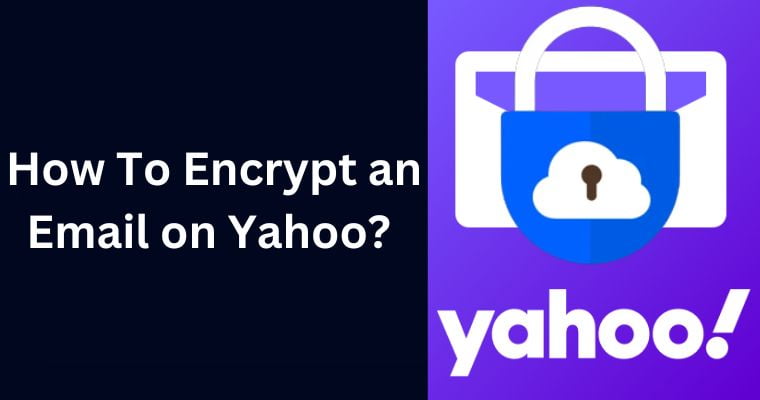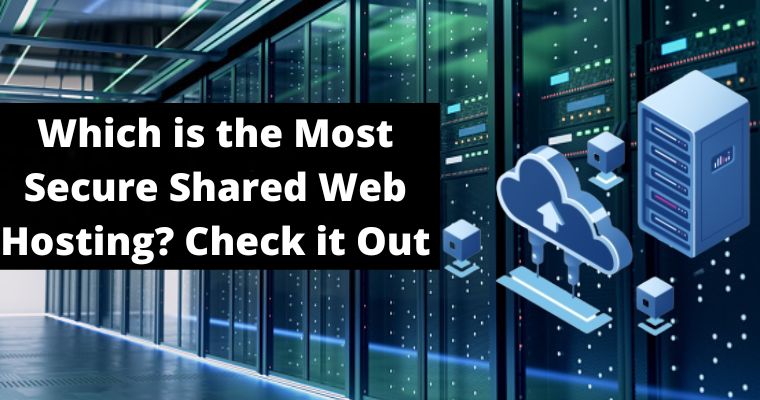Email servers only exchanged unencrypted messages back when the internet was first developed. Anyone with a packet sniffer could view the contents of the email, which posed a serious security concern.
A number of security features were introduced as a fix to make it more private and secure against interceptions.
One method for preventing interceptors from reading private messages is encryption. Only those who possess the encryption keys may decipher the data after it has been scrambled. The entire procedure isn’t as straightforward as it seems, and it might mean a number of various things.
Table of Contents
Techniques for Yahoo Email Encryption
There is a simple method and a do-it-yourself option if you want to encrypt your Yahoo email. You may simply sign up for an end-to-end encrypted email service or install an encryption protocol on your existing mailbox.
Remember that the recipient and sender must have identical setups for the latter strategy to succeed. Some of the services additionally provide encryption mechanisms that are built-in. If you don’t want to use third-party tools, here’s how you send encrypted emails.
If you’re trying to tackle one problem by neglecting another and seeking for solutions to encrypt Yahoo email, you’re doing it wrong.
Generally speaking, your email provider should be the one tackling the most pressing cybersecurity issues. Before you set up the encryption, consider if it will make any difference because past data breaches have severely damaged Yahoo’s reputation as a security provider.
Having said that, Yahoo employs SSL by design. You must install third-party programs like Virtru in order to use the S/MIME or PGP protocols because they are not built-in. S/MIME or PGP encryption for regular users was not planned as of the time this article was written.
How To Use Your Smartphone To Encrypt Emails?
Start here if you’d rather utilize email clients on your devices than struggle with online clients. All Apple devices come with S/MIME capability, which can be used to encrypt email on an iPhone. iOS is not an exception, and even casual users may toggle it easily:
- Select Accounts & Passwords under Settings.
- Decide the email account you want to encrypt.
- Tap Advanced in the following window.
- Toggle the slider on Change Encrypt by Default to Yes, then go down and find S/MIME.
- The recipient will have a lock icon next to them when you want to send an encrypted email. You can enable encryption by clicking it. while the lock is blue, the email can be encrypted; while it’s red, the receiver needs to toggle S/MIME in their options.
Email Encryption for Android
You can secure your emails by adding an encryption layer if you have an Android phone, but you’ll also require third-party apps. You must share the receiver with your public keys after installing the apps and granting them access.
Applications like ChipherMail, for instance, give your existing email clients the opportunity to set up S/MIME encryption. We can only hope that built-in encryption tools for your emails will be included in the upcoming Android version.
Mac Email Encryption
S/MIME is supported out of the box by Apple’s mail. The setup is as follows:
- Click on Keychain Access by double-clicking it after going to Finder > Applications > Utilities.
- Click Create a Certificate in the Certificate Assistant section.
- Choose a certificate name, then select Create and Continue.
- To locate your certificate and right-click, return to Keychain Access. After that select New Identity Preference.
- Click Add, type your email address, and then select Permit Accessibility from your Mailbox account to the Keychain Certificate.
- By selecting the padlock next to the contact’s name in the address bar, you may now send the encryption key to a receiver and initiate encrypted chats.
Why is it Required To Encrypt an Email?
Whatever the level of sensibility, you ought to proceed with caution while sending confidential material. Why take a chance when the attacker could do a lot of bad things with your personal information?
You might benefit from it in the following ways:
1. Your confidential information is kept private- Your social security number, bank account number, and other sensitive data will be protected via email encryption. This information is priceless to cybercriminals if it is taken. Encryption is a must to stop these leaks.
2. Prevent having your message delivered again- Not only may the message you sent to be changed, but the attackers could also utilize it later at their discretion. It is simple to save, edit, and resend a message.
Usually, the fraudsters will spoof emails after sending a modified version of a real message to gain access.
3. Prevent identity fraud- The private information you give via email is also the data you use to verify your identity. To put it another way, email flaws make it one of the simplest things for attackers to get their hands on this sensitive data, which is really helpful when snatching your identity.
4. Verify that the communication came from the sender who was listed- It is just too simple to fake texts that seem authentic. Adding a digital signature to an encrypted email message can help to verify the sender’s identity.
How is Email Encryption Carried Out?
In general, end-to-end encryption is possible at the transport level. They differ as follows:
Only the sending channel is protected by transport-level encryption. In other words, the email is still written and sent in plain text, but as soon as it leaves your mailbox, it is encrypted. The email program decodes it and stores it unencrypted for you to read when it gets to its destination.
End-to-end encryption ensures that the email is secure during the entire communication process. The intended sender can only read this data, which is encrypted the entire time the transmission is taking place.
Transport-level Encryption
For server-to-server communications alone, this kind encrypts plain text messages using Transport Layer Security (TLS) or Secure Sockets Layer (SSL), two cryptographic techniques. When you send an email, your client makes contact with the server to see if it is capable of handling the desired protocol.
The server distributes a digital certificate proving its legitimacy. Once everything is in order, the two parties create a special exchange key that is used to encrypt and decrypt the messages.
End-to-end security
Endpoints are the only places where the message is encrypted and decrypted with end-to-end encryption. Only when the message has reached its destination in full, is it decoded. Both service providers and hackers cannot access it. It’s even incorporated into some email providers.
Both the sender and the one who receives it must possess a set of cryptographic keys in order to use end-to-end email encryption. The steps are as follows:
- While the sender and the recipient both create their own public keys and exchange them with one another, they each preserve their own private keys. A public key is also provided when you sign up for an encrypted email service.
- A message is composed, encrypted using the recipient’s public key, and sent by the sender.
- When a message is received that has been encrypted, the person who receives it uses his personal password to decode it.
Encryption and decryption are carried out in this manner on the user’s device. No middleman, not even the email service provider, is ever able to learn what the message’s contents were.
Apps That Encrypt Email are Safe?
The majority of apps used to exchange and share private keys are fairly safe. All that needs to be done is to make sure the software is regularly updated and actively maintained.
Since most of them are open-source by definition, it is simple to confirm by visiting GitHub and checking the information for the most recent versions.
The best option if you don’t want to configure Symantec Encryption Management Server to use PGP is to use encryption apps. Try OpenKeychain, oPenGP, and Android Privacy Guard.
It is also feasible to use lightweight extensions like Mailvelope, but make sure the recipient party has a setup that is compatible with yours in order for the exchange to be successful.
Conclusion
Using a secure email provider with encryption built into the architecture is the simplest approach to encrypting your email. Consider adding further security precautions to your conversation if you wish to communicate particularly sensitive information.
Remember that matching setups on both ends are necessary for proper end-to-end encryption. The message won’t be readable if this isn’t the case.



